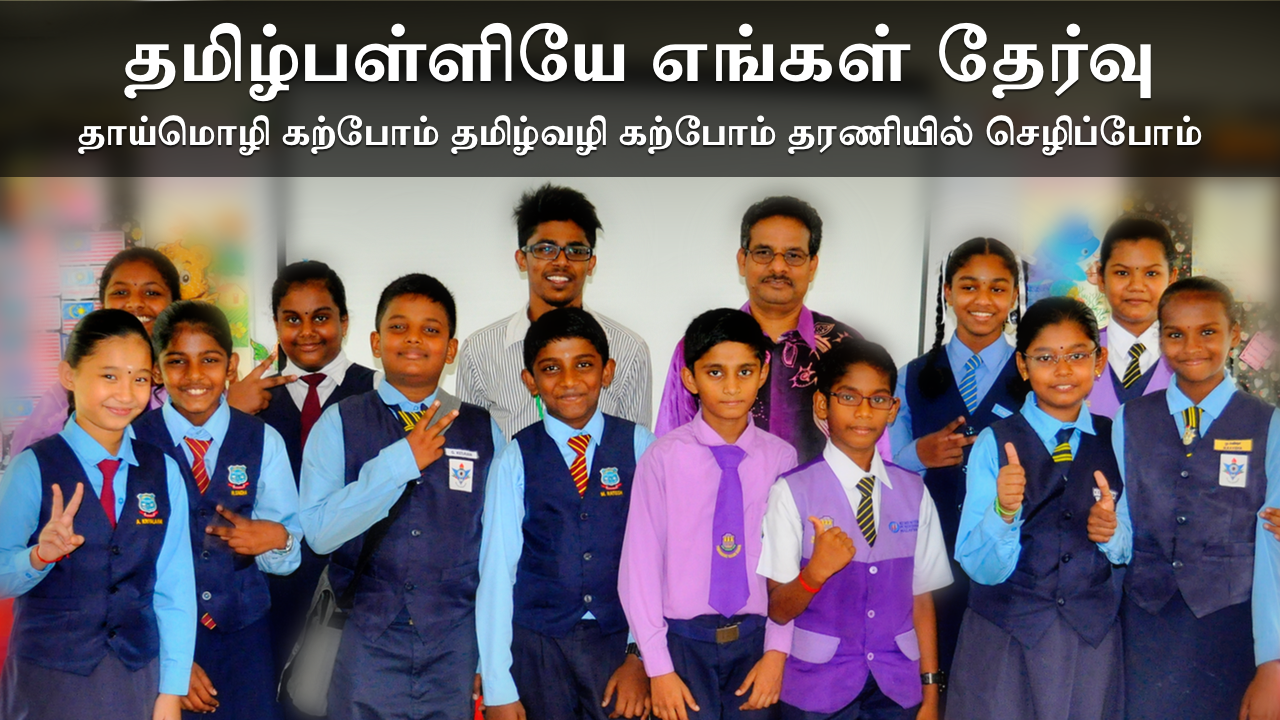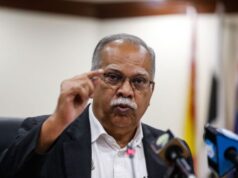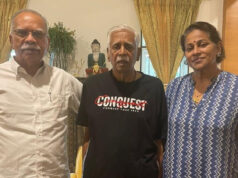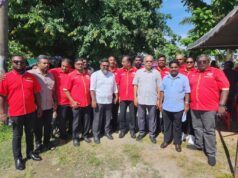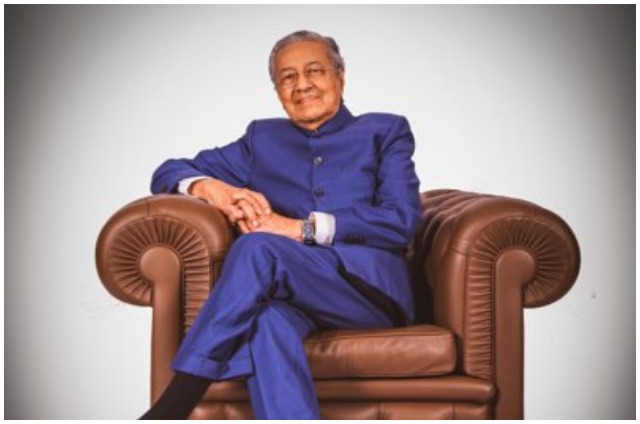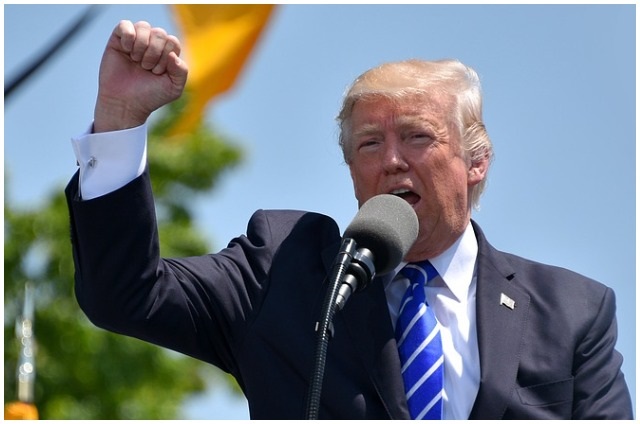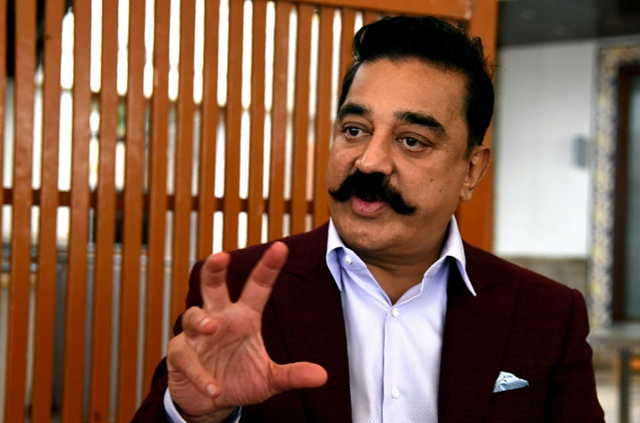

CHAIRMAN, URIMAI PARTY
Tamil actor and politician Kamal Haasan recently found himself at the center of a linguistic controversy when he remarked that “Kannada was born out of Tamil.”
While his intention was likely to highlight the deep cultural and linguistic ties between the Tamil and Kannada languages, the comment did not sit well with many in Karnataka, particularly among Kannada language nationalists.
What was possibly meant as a gesture of regional solidarity quickly turned into a political minefield. Kamal may not have anticipated the backlash, but in today’s climate of heightened linguistic nationalism, especially in South India, such a statement was bound to ruffle feathers.
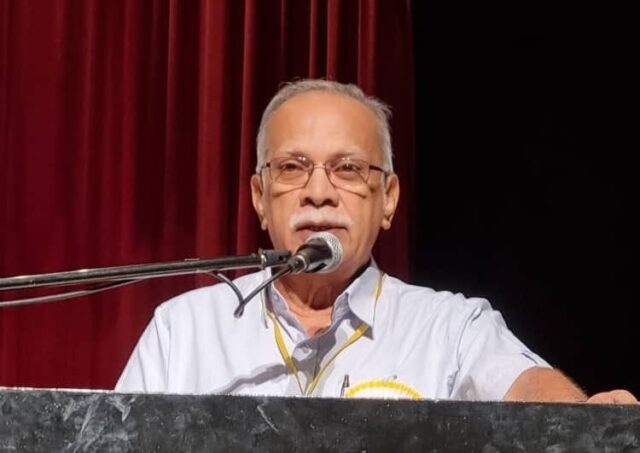

However, to state that Kannada directly evolved from Tamil is an oversimplification and not supported by mainstream linguistic research.
Kamal Haasan is neither a trained linguist nor a historian of ancient India, but as a public figure—especially one newly appointed to the Upper House of the Indian Parliament by the ruling DMK party in Tamil Nadu—he is expected to exercise greater caution and awareness in his statements.
While Tamil is widely acknowledged as one of the oldest living languages, it does not follow that the other Dravidian languages are derivatives of Tamil.
Such claims not only lack scholarly consensus but also risk provoking unnecessary regional sensitivities.
The origins of the Dravidian languages are still a subject of ongoing academic research. Though substantial progress has been made, many aspects of their evolution remain unclear. In this context, Kamal’s comment, while perhaps well-meaning, reflects a lack of nuanced understanding of linguistic history.
Tamil nationalists like Seeman may make similar claims without facing much criticism, largely due to their overt ideological positioning. Kamal, however, does not present himself as a linguistic or cultural hardliner, which makes his remark more surprising—and, in the eyes of some, more problematic.
India’s linguistic diversity is both a strength and a political reality. The reorganization of states along linguistic lines during the post-independence period underlines just how potent language-based identity can be. In such a context, reducing one language’s identity by claiming it originated from another can be deeply offensive, even if unintended.
While Kamal Haasan may not need to issue an apology, given his lack of malicious intent, this episode serves as a reminder that a basic understanding of the linguistic and cultural sensitivities of India’s regions is essential—especially for someone stepping further into the political arena.



